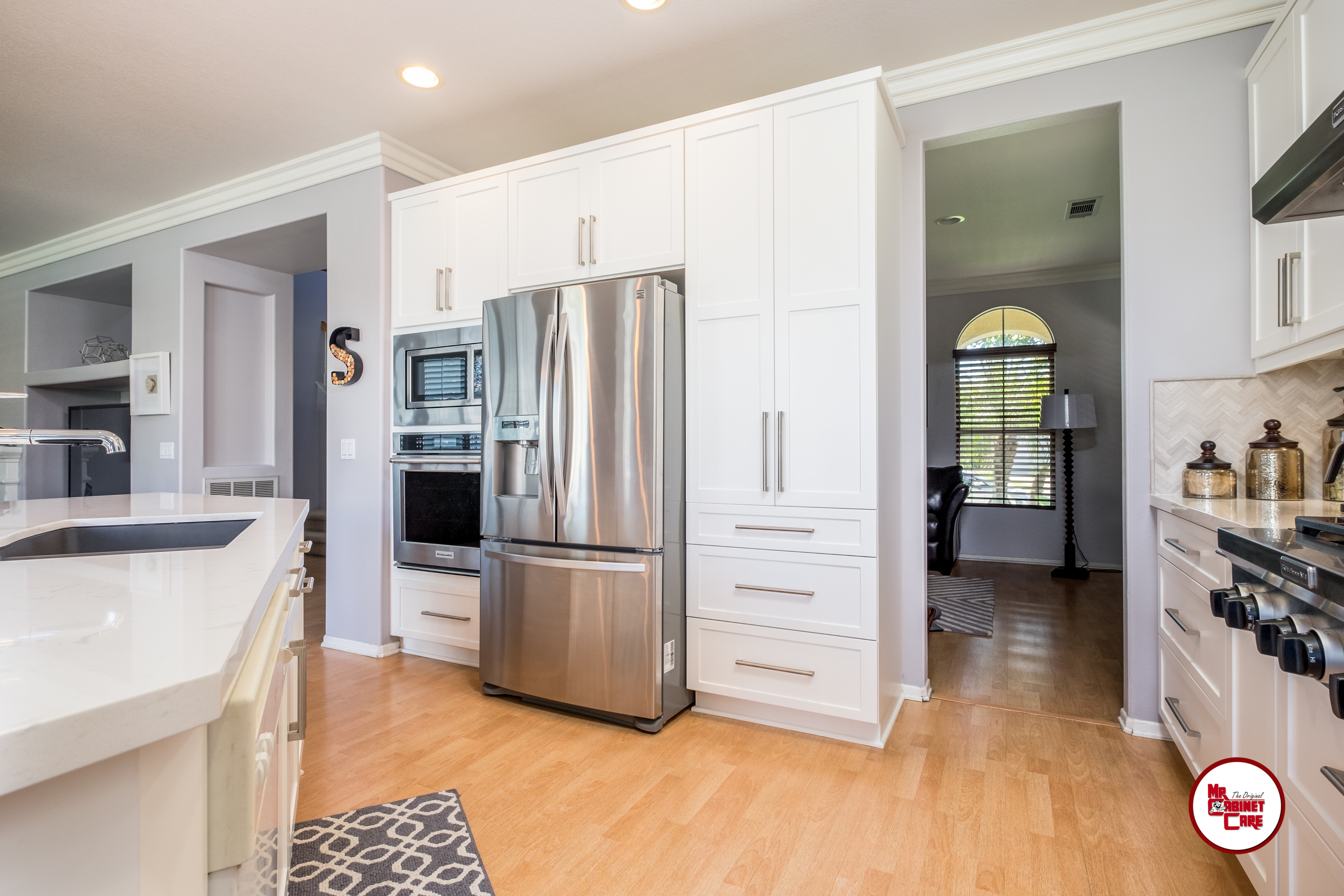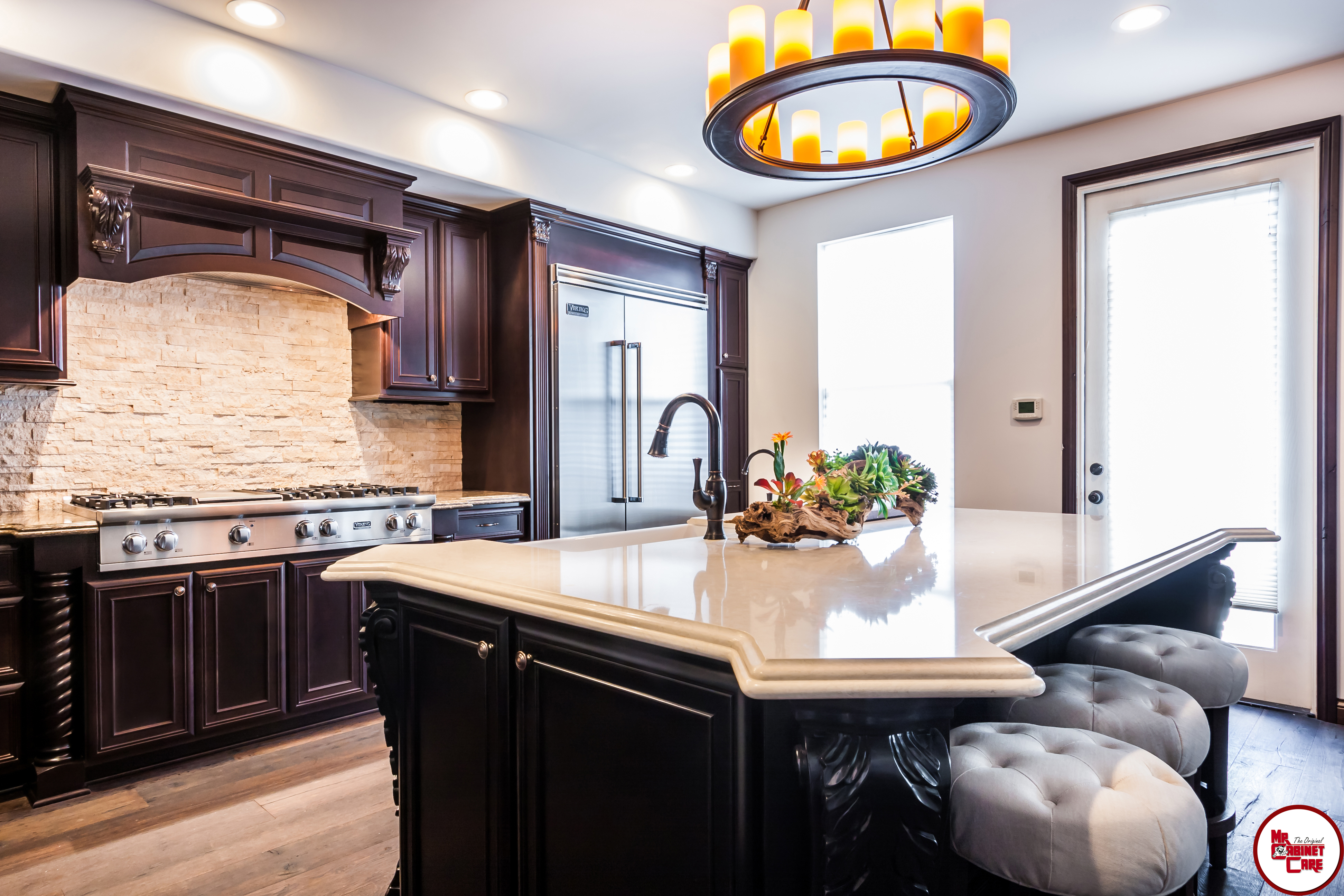Tips for Conceptualizing your own Kitchen Design

When it comes in kitchen design, most people would often prefer to follow a specific trend order to bring the necessary beauty and grandeur to their kitchen. As for the others, creativity plays a vital role. If you wanted a kitchen that you can proudly call as yours, you must spend some time coming up with new ideas to express your personality as the owner.
While it’s definitely a good idea to hear out the opinion of your trusted kitchen remodeler, having the ability to give your suggestions isn’t a bad thing either.
But in case you wanted to think of an idea, but you find it hard to do so, this article is for you. Here are some of the best tips for conceptualizing your very own kitchen design:
Tip #1: Know the Basics
Most professional designers today focus on the basics first before they can start planning. Looking at the kitchen and trying to visualize it into something different is what they usually do.
To make a concrete plan for your kitchen design, you must familiarize yourself with the fundamental elements of design:
- Focal Point – Also known as the emphasis, the focal point is the area that naturally draws the eye. When someone enters a room in which this case is your kitchen, there is a good chance that their initial attention is going to be at near or around the focal point.
- Contrast – The colors are the best example where you can observe contrast. It is the combination of different or opposite elements that gives a unique aesthetic sensation. Textures can also be a good example to build contrast. Contrast is an essential tool in creating borders and boundaries if you wanted to make your kitchen looked more organized.
- Balance – Every decorations and detail found in your kitchen must be incorporated in a way that it won’t ruin the balance of your design. From their locations to the measurements of the spaces, it could be beneficial in some cases to keep the symmetry of everything.
- Details – While they normally occupy a small amount of space, details are little things that you must never underestimate. When taken into great consideration, they can bring a big impact on your kitchen as a whole. Some good examples are cabinet doorknobs, ornamental dishes, and lighting fixtures.
- Color – Is the property of an object to produce sensations to the eye as a result of the way it reflects light
- Texture – Is the appearance or consistency of a surface or a substance. Different shapes of tiles can create stylish texture on a kitchen.
- Harmony – It is the state of all elements complementing together to provide a unified theme.
Tip #2: Enhance your Kitchen’s Focal Point
As you look at the current state of your kitchen, try to identify the Focal Point – Your knowledge in the basic elements of design could prove to be pretty handy in this step. Try to enter your kitchen from a different room and remember the first part that you see. Is it the backsplash? The kitchen isles? The dining area? Or perhaps the area where you place your appliances? That’s your kitchen’s focal point.
Once you’re done, utilize the elements of contrast to come up with unique color variations that suit very well with the kind of lighting fixture that you prefer. When choosing a color, you can use the color wheel as a reference. Colors that are opposite to each other are considered to be a pair of contrasting colors. This way you can make a unified concept that can enhance your kitchen’s focal point and generate cohesion on your own.

Tip #3: Establish Balance
To create a sense of balance, you need to utilize the elements of color, contrast, and texture. This way you can keep on coming up with designs that are much more interesting and eye-catching compared to some of the latest kitchen trends around. Remember that your creativity is the key and having a wide knowledge of the elements mentioned earlier can provide you with a lot of options.
This tip can help a lot when installing your kitchen’s cabinetry, countertops, and tile walls.
Tip #4: Know more about the Rhythm
Rhythm is another element that is a bit different from others as it can be created in three ways: repetition, transition, and progression.
Repetition – Patterns are examples of repetition. It is the process of using a series of elements alternately. Repetition can also be applied to lines, colors, shapes, directions, etc.
Transition – Arched doorways and curved countertops can create a sense of transition. It is a design or appearance of an object that helps the eye transition from one place to another.
Progression – Combinations of a pair or multiple colors can offer progression like using colors of the same hue. You can as well use progression depending on the size of things such as placing smaller items like coffee containers on a countertop or the large cupboards for your lower cabinets and its smaller variants for the upper ones.
Sources:


